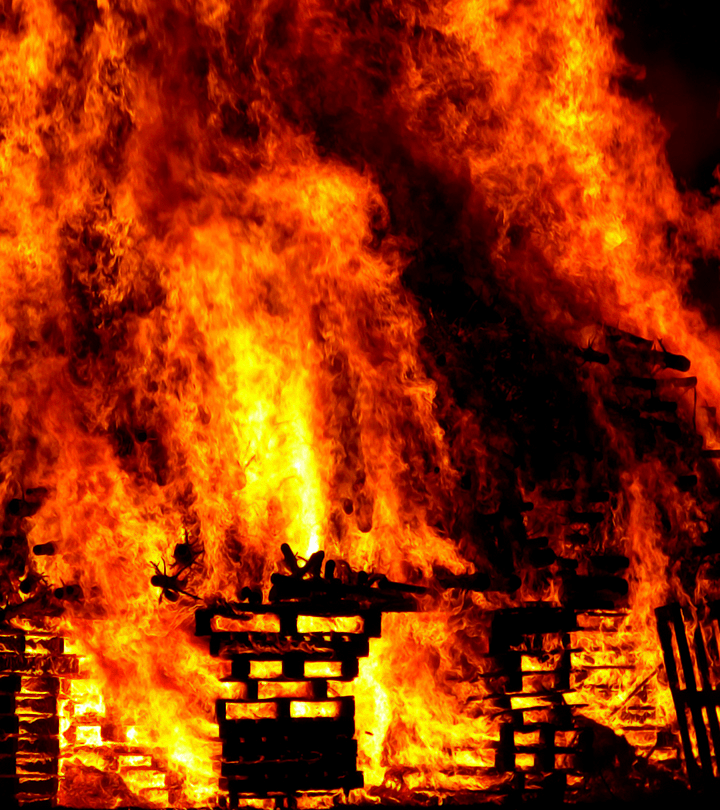If you have been paying attention to the fires that have raged in California over the last number of years, or fires in your local area or other places, you are likely aware that some areas pose more risk of fires damaging homes than others. Each area has an ISO fire rating, and this rating can impact your homeowner’s insurance premiums. Fires can be incredibly destructive, with not only the flames being damaging. Smoke, ash, and soot can also provide a lot of damage to homes and people. It is important to get a good home insurance plan to protect yourself financially if fire causes damage.
Even though the ISO score is utilized as one of many variables that determine home insurance premiums, they are not publicly released, and it is not always easy to find out what your areas score is. It can also be a little bit more complex to determine how the score is impacting your insurance rates. It is essential to know what an ISO fire rating is, and also to gauge how it could be affecting your insurance rates. It is well-known that homes that have an ISO score showing a higher risk of fire damage pay higher rates on their insurance plans in general.
What Is An ISO Fire Rating?
An ISO fire rating for each area is given by the Insurance Services Office. This company puts together ratings that are used by fire departments. The rating is designed to calculate how equipped fire departments are to put out fires in their specific community. The score, which is also called the ISO fire score, is provided to insurance companies as well. Insurance providers use this information by plugging it into a formula that is used to determine homeowners insurance rates.
If a fire department is better equipped to put out a fire in your area, it is less likely that your house will burn down or be completely destroyed. This, in turn, makes your home less risky to insure. In response to this lower risk, home insurance plan providers often give lower rates.
The score, which is also referred to as a Public Protection Classification, is on a scale between one and ten. The scale indicates how protected your area is by the surrounding fire departments. For the ISO rating system, a lower score is ideal. A score of one is the best rating a community can get, and a score of 10 means that the fire departments in the area did not meet the minimum requirements put forth by the ISO.
The ISO utilizes a system called the Fire Suppression Rating Schedule to determine an ISO score. Half of the score comes from the quality of the local fire department in your area. This includes considerations like levels of staff, the training of the staff, and the proximity of the firehouse to the community. In addition, 40% of the score comes from how available water is in the area, which includes how many fire hydrants and how much water is available for putting fires out. Lastly, 10% of the score is based around the quality of the areas emergency communication systems. This is an areas 911 staffing and systems, which has an impact on how quickly information is dispersed to get an adequate response to the emergencies.
Another 5.5% goes towards things like community outreach. This includes community education, including education about fire prevention and fire safety. Areas that are or than 5 miles from a fire station are automatically rated a ten, another important consideration to keep in mind when purchasing a home.
There is a maximum score of around 106%, which would give an area the highest-ranking of one. Scores above 90% get this ranking. Less than 1% of all communities have a one as a score, with a score of five being the most common rating fire departments receive. Urban areas tend to have better scores than rural areas, mostly because urban fire departments are closer together and, in many cases, receive better funding.
How Does My ISO Score Impact Insurance Rates?
The ISO rating of your home is not provided publicly, so a person cannot look up the PPC rating of their dwelling. In many cases, however, the local fire department in your area will have the information and provide it when called. A better score in terms of PPC ratings will translate to lower insurance premiums on average. Some insurance companies do choose not to use the ISO score in their calculations. In some cases, these companies use their own systems of data, like historical fire data, instead.
If your premiums have increased due to a worse ISO fire rating, you can save money by shopping around for the best homeowners insurance company and top homeowners insurance policies in your area. Comparison-shopping is a fantastic way to keep more money in your bank account, which is important. Keeping your home safe from fire damage is essential, and Homeowners can guide you to the best policies in your area.
Get Started with no risk and no obligation.
Get the Best Insurance rates in your area from the top Insurance providers.



